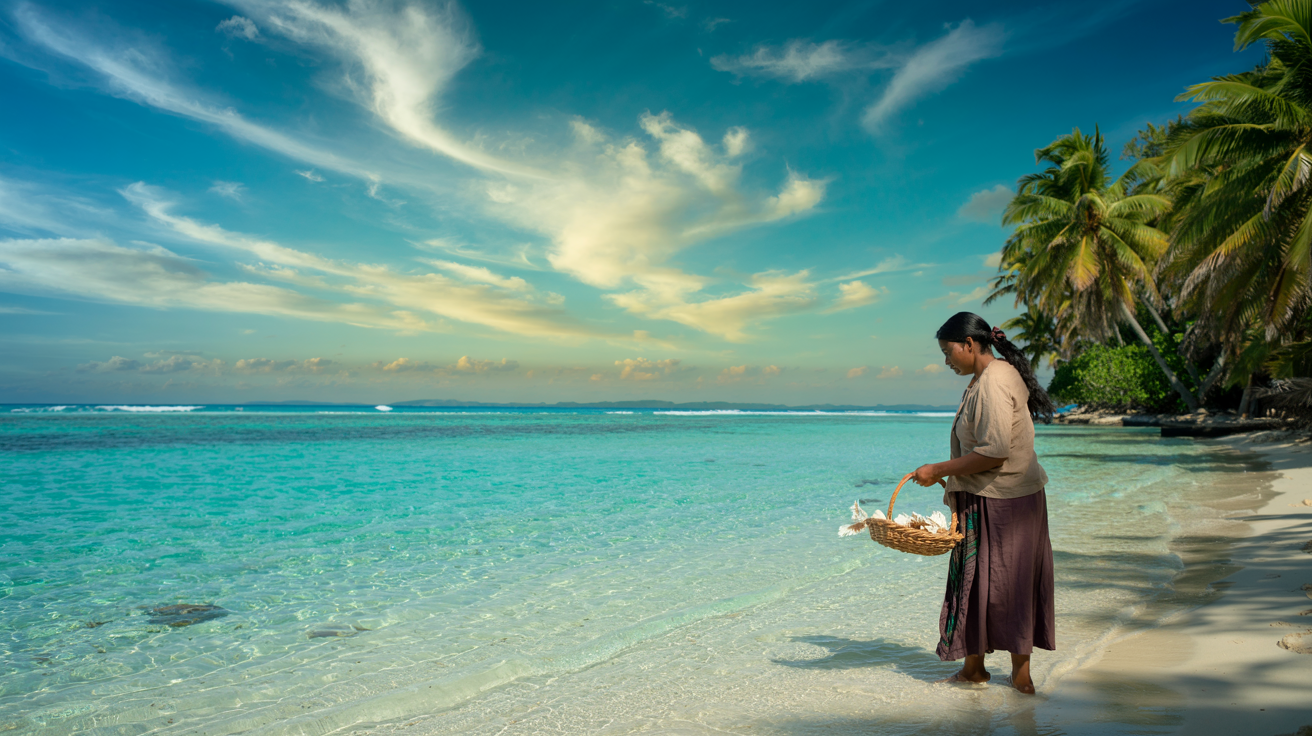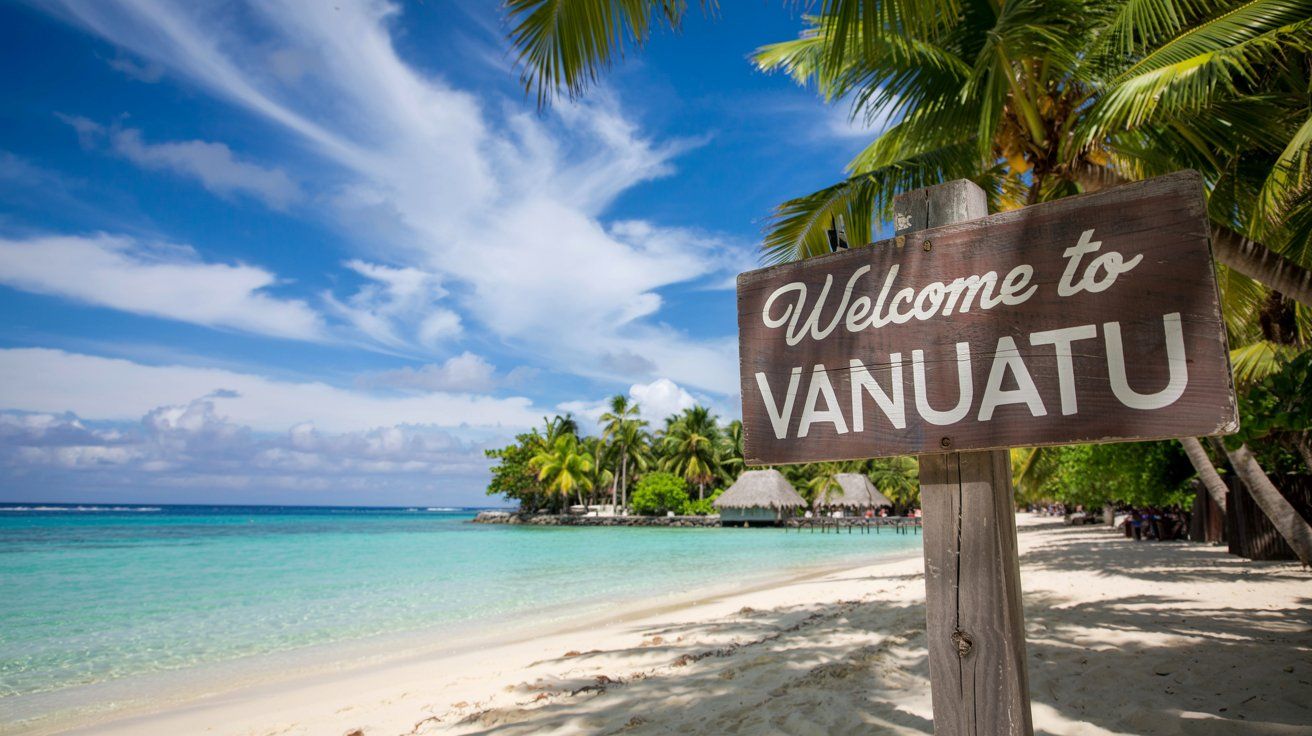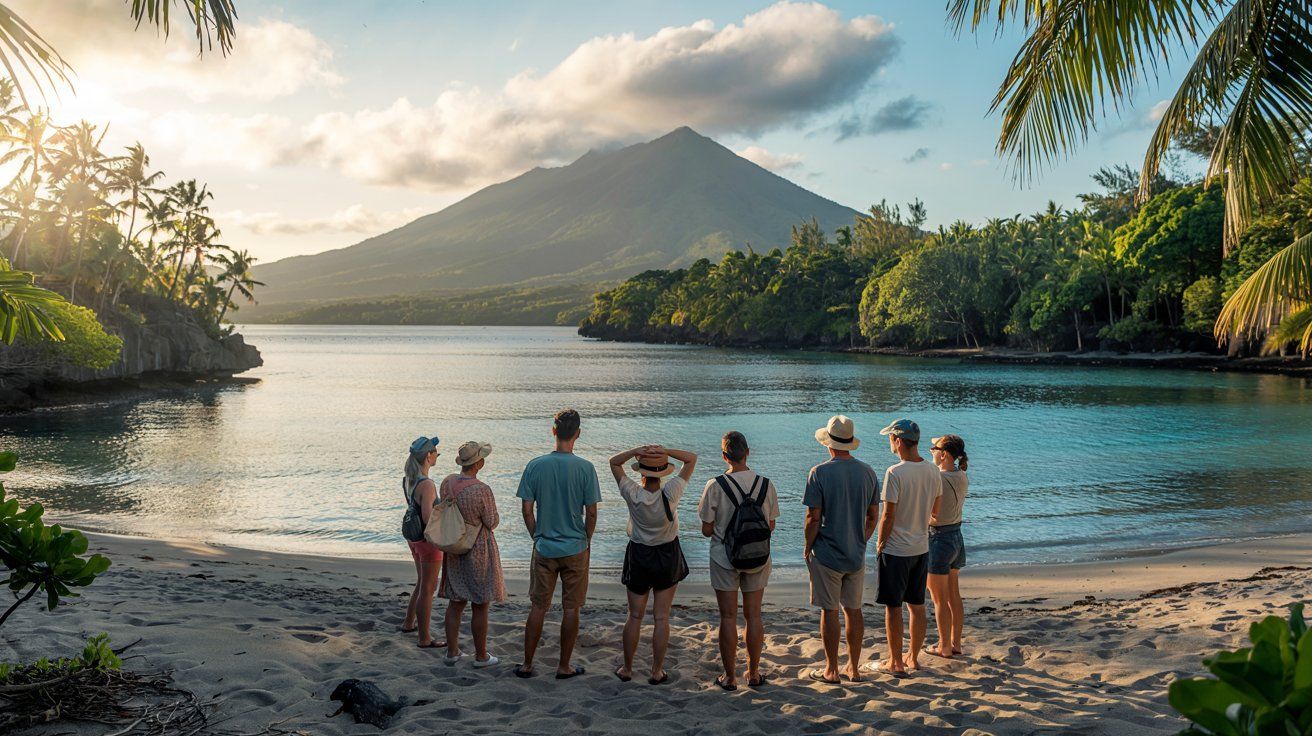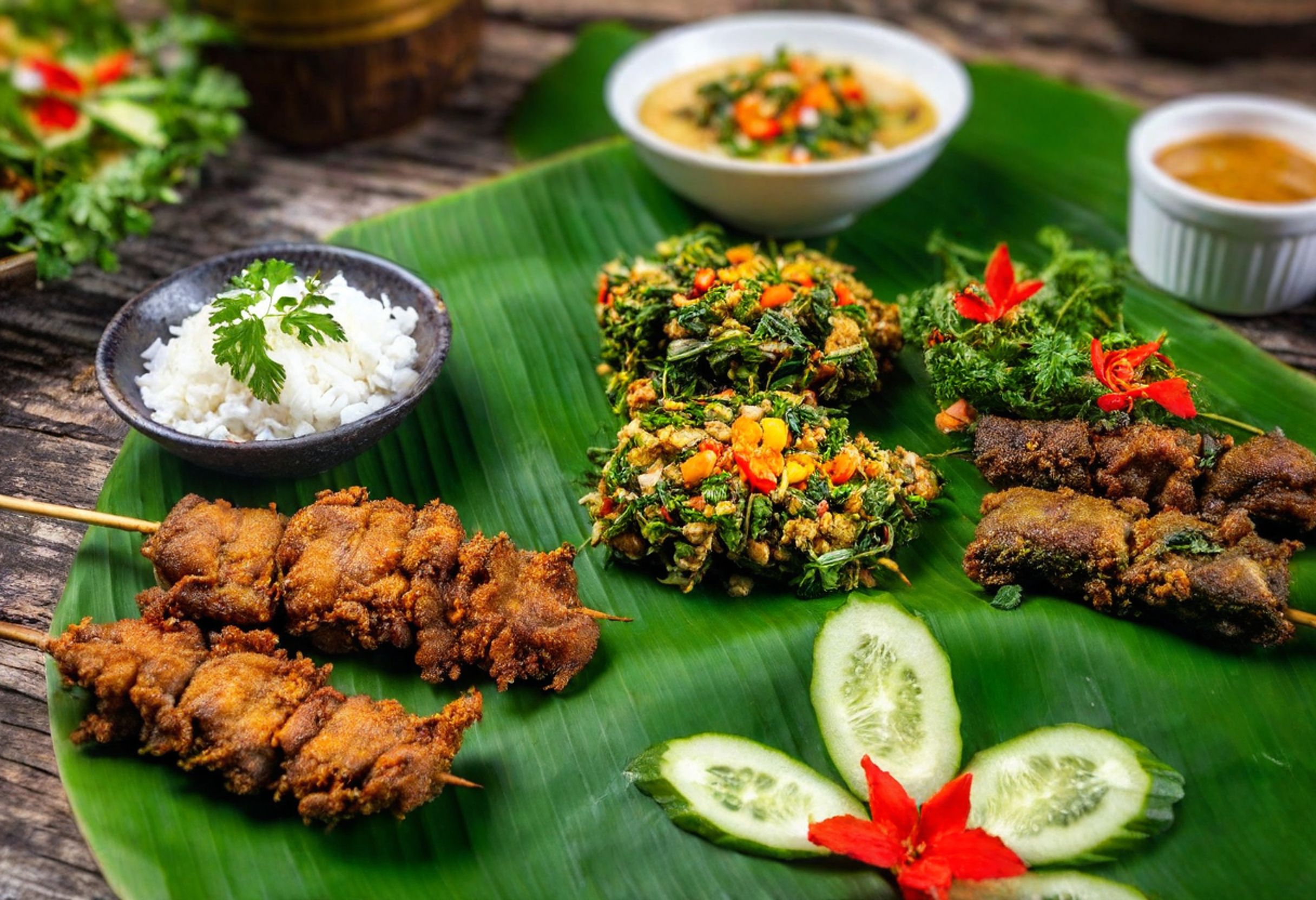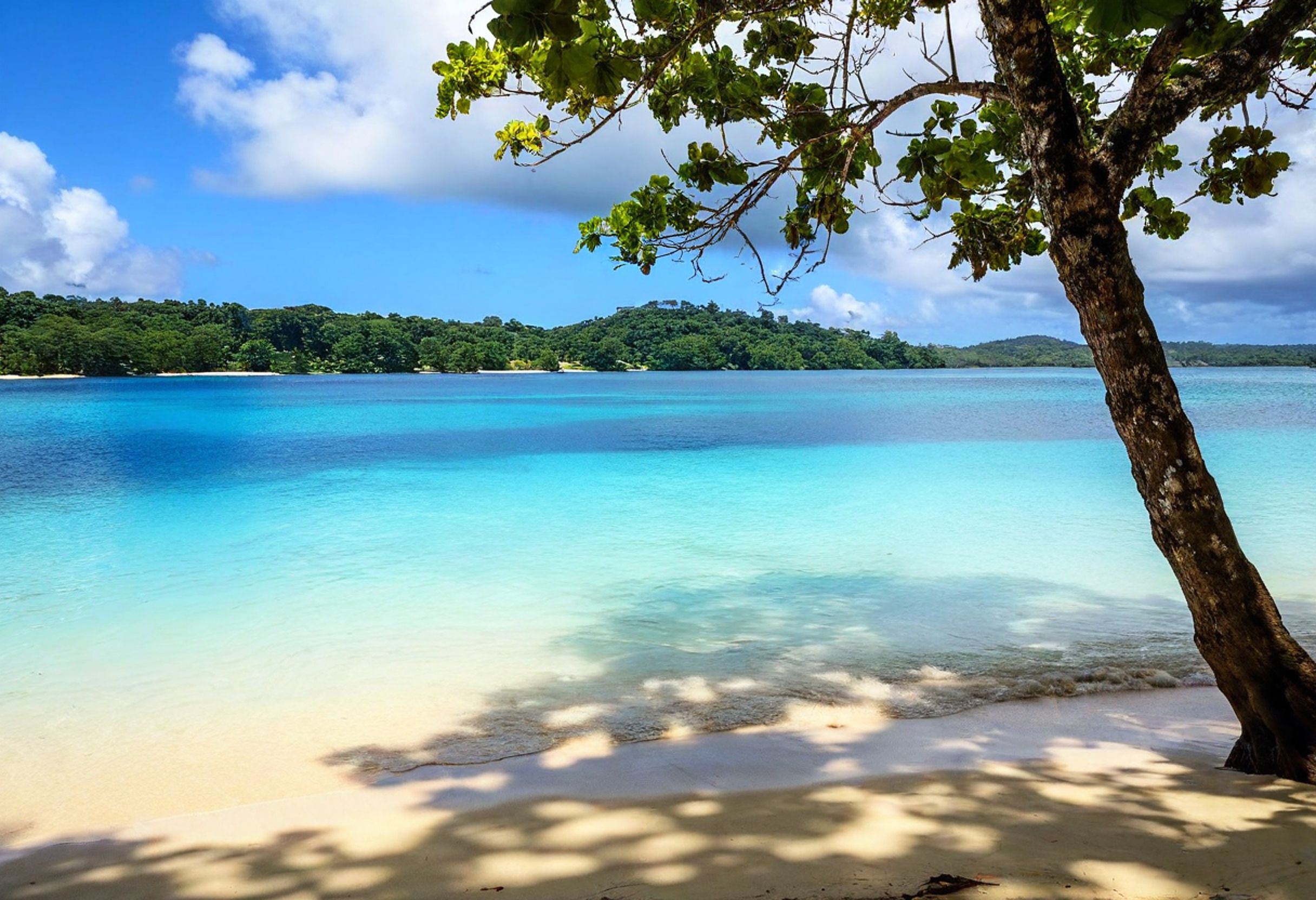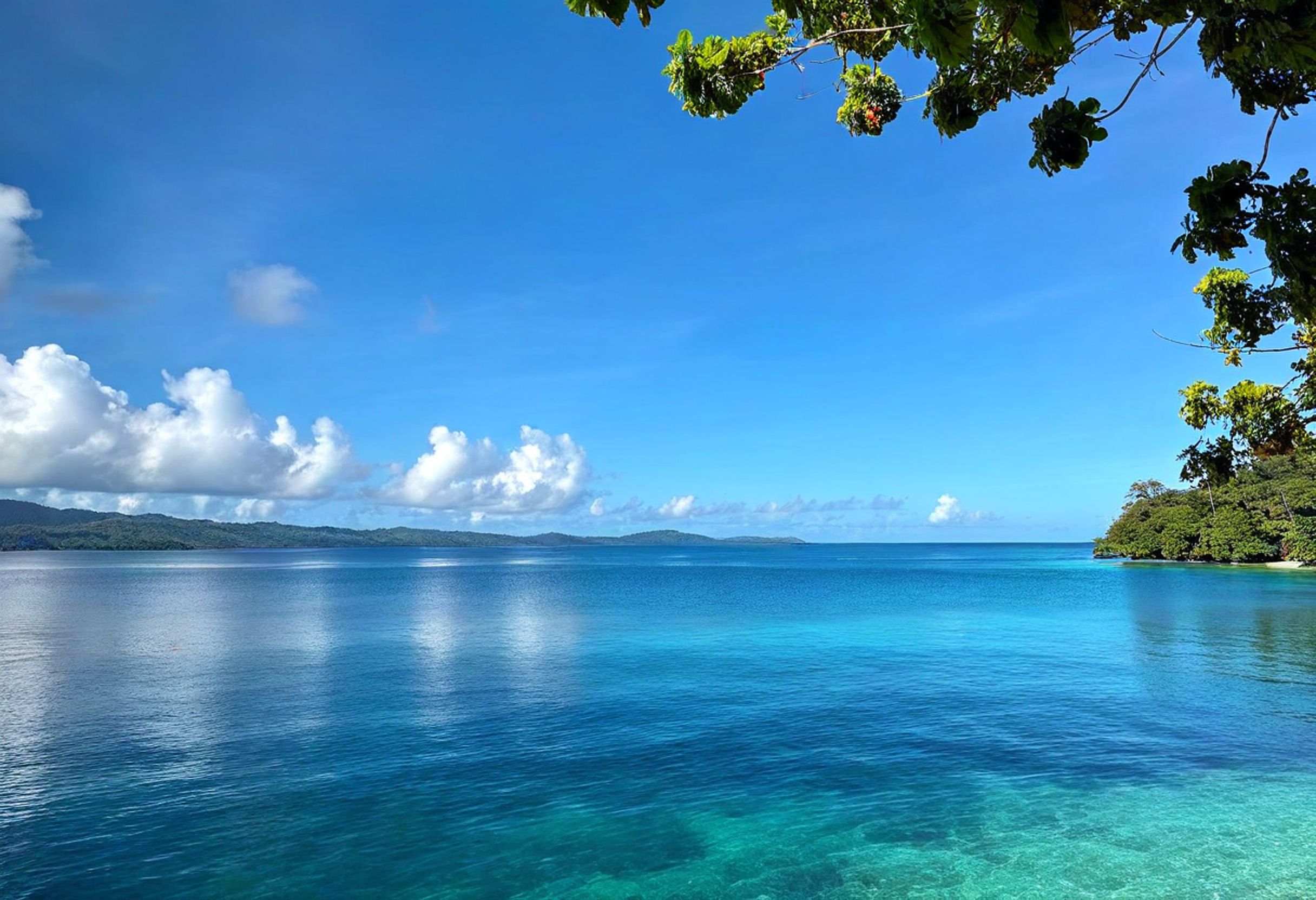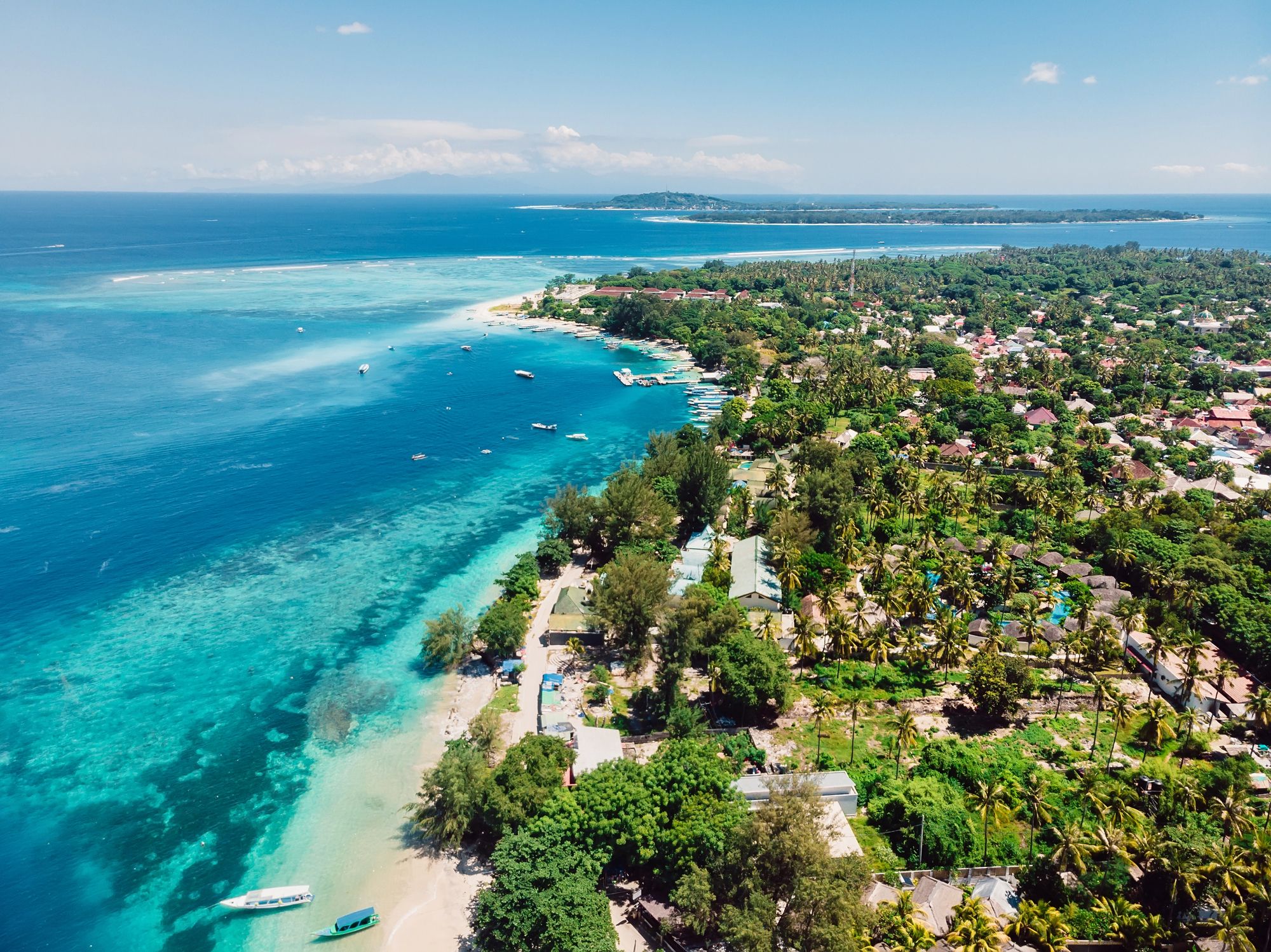The recent peaceful protest organized by the Vanuatu National Council of Women (VNCW) has stirred tensions in Port Vila as citizens voice their concerns about ongoing political instability. Women activists gathered outside Parliament House last week, holding signs and calling for political leaders to resolve the governance crisis that has plagued the nation for months. The demonstration marks a significant moment in Vanuatu’s civic engagement as women-led organizations increasingly demand accountability from elected officials amid growing social challenges.
Similar protests have occurred in recent years, with citizens in Port Vila and Luganville marching to demand an end to violence against women in Vanuatu. The VNCW’s current protest builds on this foundation while expanding concerns to include political stability and effective governance. Young women activists played a key role in the demonstration, demanding immediate resolution to the political situation that many believe threatens Vanuatu’s development.
From overwater bungalows to beachfront resorts, find your perfect stay in this island nation of more than 80 islands. Instant booking with best price guarantee!
Browse Accommodations Now
Political experts note that Vanuatu risks returning to the political instability and mismanagement of the 1990s if current tensions remain unaddressed. The VNCW protest highlights how women’s organizations have become vital watchdogs in Vanuatu’s democracy, with their peaceful methods contrasting sharply with the contentious atmosphere inside Parliament.
Background of Vanuatu’s Domestic Unrest
Vanuatu’s recent history has been marked by political instability and public protests reflecting deeper issues within the nation’s governance structure. These tensions have roots in both colonial history and contemporary political challenges.
Historical Context
Vanuatu gained independence in 1980 after being jointly administered by France and Britain as the New Hebrides. This dual colonial legacy created lasting divisions in society along linguistic and ethnic lines. The indigenous Ni-Vanuatu people comprise diverse groups with over 100 languages spoken across the archipelago.
Early post-independence protests were often related to land disputes and customary rights. In 1998, protests in Port Vila escalated into riots, forcing the government to declare a two-week state of emergency.
Class divisions between urban elites and rural communities have contributed to tensions. Traditional chiefs maintain significant influence in many communities, sometimes clashing with modern governmental structures.
The country’s ethnic diversity is generally respected, but economic disparities between different groups remain a source of friction.
Political Landscape and Recent Developments
Vanuatu’s political system has experienced frequent changes in leadership. Since 2010, the country has seen multiple no-confidence votes and shifts in governing coalitions. This instability has hampered consistent policy implementation.
In recent years, citizens have organized protests against political instability. These demonstrations reflect growing public frustration with leadership changes and perceived governmental corruption.
The government adopted a comprehensive reform program in 1997 funded by the Asian Development Bank, attempting to address structural issues. However, political turnover has complicated these efforts.
Reports indicate serious government corruption remains a significant human rights issue. Civil society groups have become increasingly vocal about transparency and accountability.
While civil unrest isn’t common in Vanuatu, protests occasionally turn violent, highlighting underlying tensions.
Details of the VNCW Peaceful Protest
The Vanuatu National Council of Women (VNCW) organized a significant demonstration that drew attention to women’s safety and political instability in the country. Young women and activists gathered to make their voices heard on critical national issues.
Protest Objectives and Organization
The VNCW protest primarily aimed to demand an end to violence against women in Vanuatu. Protestors gathered outside Parliament House in both Port Vila and Luganville, creating a visible presence that couldn’t be ignored by lawmakers. Hundreds of participants, including men and children, joined the march to show solidarity.
The demonstration was carefully organized to remain peaceful while effectively communicating urgent concerns. Petition papers were circulated, collecting signatures to formalize their demands for better protections and policies for women.
The VNCW leadership coordinated with local community organizations to ensure broad representation across different islands and communities. Their messaging emphasized the connection between political instability and increased vulnerability for women and children.
The Response from Local Authorities
Government officials initially observed the demonstration without interference, recognizing the constitutional right to peaceful assembly. Some parliamentarians emerged to accept petition documents from protest leaders, acknowledging the significance of the gathering.
Police maintained a visible but non-confrontational presence throughout the event. They established perimeters to ensure protestor safety while keeping parliamentary functions accessible.
Several opposition politicians expressed support for the demonstrators’ concerns, using the opportunity to highlight the current administration’s perceived inadequacies in addressing gender-based violence. This political dimension added complexity to what began as a civil society action.
The Prime Minister later issued a statement promising to review the protesters’ demands and establish a committee to address violence against women, though no specific timeline was provided.
Impact on National Security and U.S. Military Presence
The demonstration coincided with diplomatic discussions between Vanuatu and several Pacific powers, including the United States. U.S. military advisors, present for a regional security conference, observed the protests as a demonstration of democratic expression rather than a security threat.
Unlike recent developments in neighboring Solomon Islands and Kiribati, the VNCW protest did not incorporate anti-foreign sentiment or opposition to external military partnerships. This distinction proved important for ongoing security collaborations.
Vanuatu’s national security apparatus maintained its normal posture during the demonstrations, with no enhanced measures deployed. This response reflected confidence that the protests posed no risk to stability.
Potential Consequences for the Region
The VNCW protest established a potential model for civil society engagement across the Pacific. Women’s groups in Solomon Islands and Kiribati have observed the tactics and messaging with interest.
Regional organizations may increase funding and support for women’s safety initiatives in Vanuatu, recognizing the political power demonstrated by the VNCW. This could shift regional priorities toward greater emphasis on gender-based violence prevention.
The demonstration’s peaceful nature helps counter concerns about political instability in Vanuatu, potentially strengthening economic partnerships with cautious foreign investors. Countries monitoring developments will likely view the government’s response as a barometer of democratic health.
Future demonstrations on other issues may adopt the VNCW’s approach of combining petition drives with strategic public gatherings. This could potentially reshape how civil society engages with governments throughout Melanesia.
Find available hotels and vacation homes instantly. No fees, best rates guaranteed!
Check Availability Now

